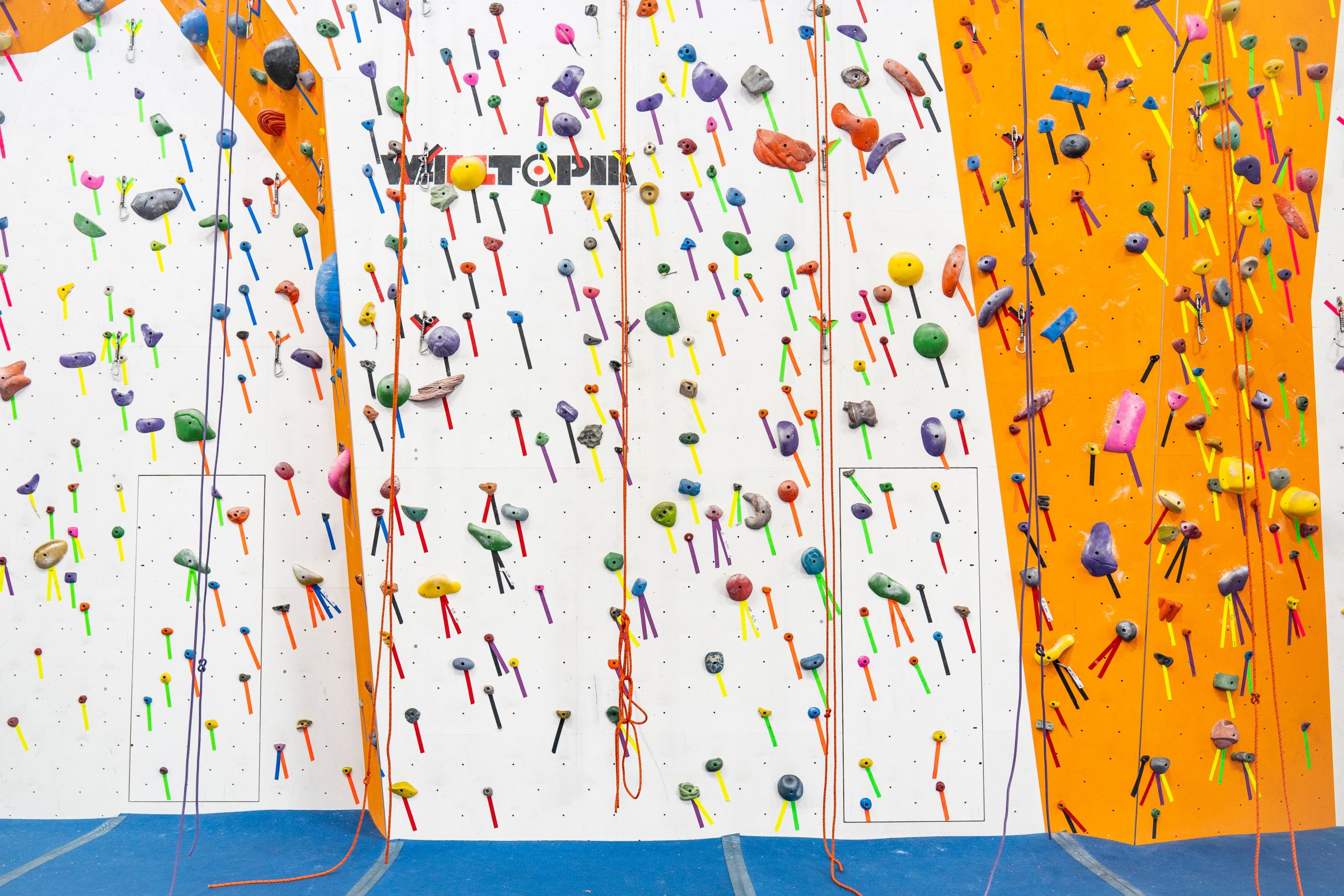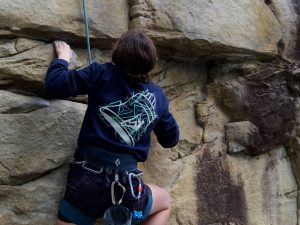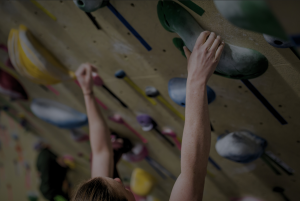What is Twist-Locking
Twist-locking refers to a family of skills, all of which are based on the same underlying concepts: the Twist, and the Lock. These two concepts provide a new, and flexible, approach to “locking out” our lower body, and therefore reducing the weight our upper body needs to carry.
The family of skills include back-steps, drop-knees, and the reverse flag.
As we have discussed, back-steps are the simplest form of twist-lock, and one of the best ways to get familiar with this style of move. But, although they are simpler to demonstrate, back-steps do come with a few drawbacks.
Drawbacks of Back-Steps
First, they require footholds to be in a very specific position with relation to both your body and the handholds you are using. This makes them less common and more strenuous than basic drop knees.
Second, because your other leg must be flagged, back-steps can be strenuous to move out of, as one foot carries your weight for the entirety of the move. When you have feet which are behind the line, and when you can find a second useful foothold, that is where basic drop-knees come in.
Difference Between Back-Steps and Drop-Knees
Though a bit more complicated to explain and to demonstrate, a basic drop knee is one of the easiest twist-locks to master. It is also probably the most common form of the move. The primary difference between back-steps and drop-knees is that in a drop-knee both feet are on the wall during the move.
Positioning
For the lower body a drop-knee consists of standing on the outside edge of the motion point (the foot you will push up with). You then place the other foot on its inside edge on another foothold. This second foothold (called the oppositional foot) should be in a position where the climber can push that leg straight. Simultaneously, push your hips backward to “sit” on the rear foot, while also twisting your hips into the wall.
This is the “twist” and “lock” of the move. Twisting the lower body to get the hips close to the wall, while pushing off the oppositional foot onto the back foot to lock the lower body in place.
How to Prevent a Spin-out
When performing a drop-knee, it is important to remember that the oppositional foot is what prevents the spin out we discussed in our previous article.
This foot, when pushed straight, forces your center of gravity back onto your motion point and holds it there, relieving your arms of a great deal of unnecessary work.
Because of this, it is critical to remember to keep your oppositional foot on the wall throughout the move. If that foot slips off, your drop-knee will turn into a spin out and pop you off the wall. Or, at best, require way more arm strength than you bargained for.
Why Do You Spin Out in a Back-Step?
The reason for a spin out has to do with the way our knee works. Without getting too deep into the physics of the problem, the simple explanation is that your knee simply isn’t designed to pull your weight behind you.
In order to get your hips settled over a foot which is behind your center of gravity, you must have something (usually your other foot) push them there. And, in a back-step, there is no foot to push with, as the other leg is flagging, and not on any hold it can push on.
As a result, when back-stepping off of a hold that is behind the line, climbers must use arm strength to hold the lock, effectively wasting energy. It is therefore quite critical to choose appropriate feet for back-steps. These feet should be on or in front of the line.
So, you may ask, what do you do if the only footholds you can use are behind the line? The solution, is to use the drop-knee.
All material is reprinted with the permission of the author. Copyright 2022 David H. Rowland. All rights reserved.









